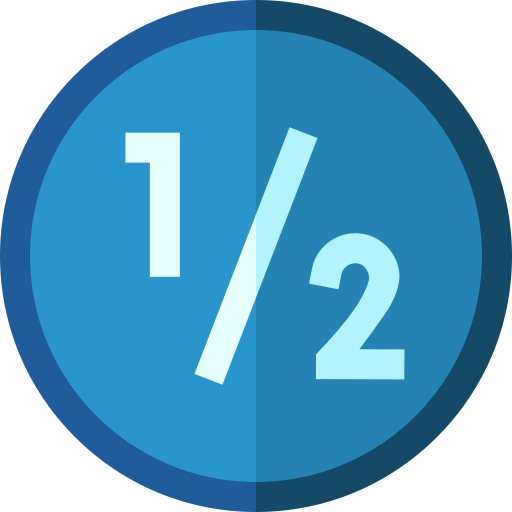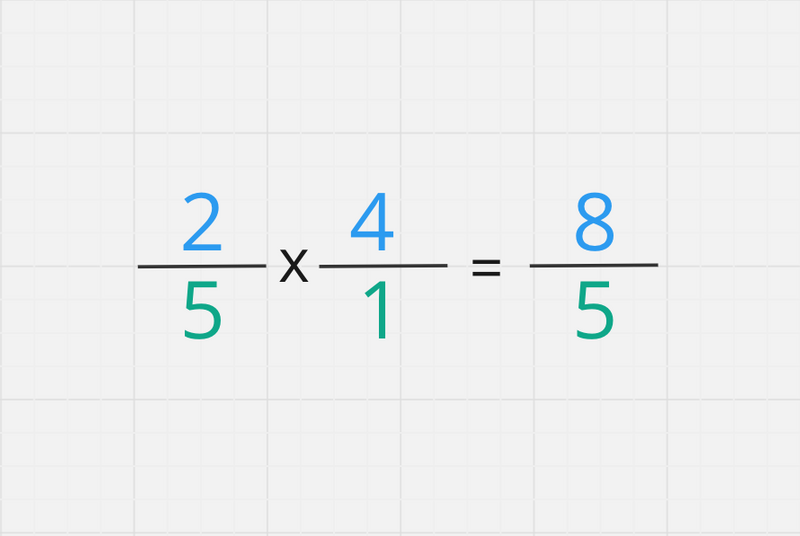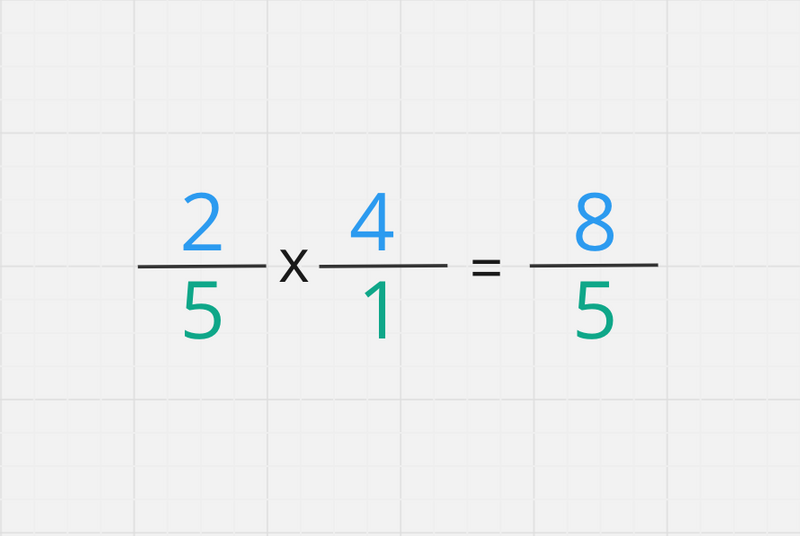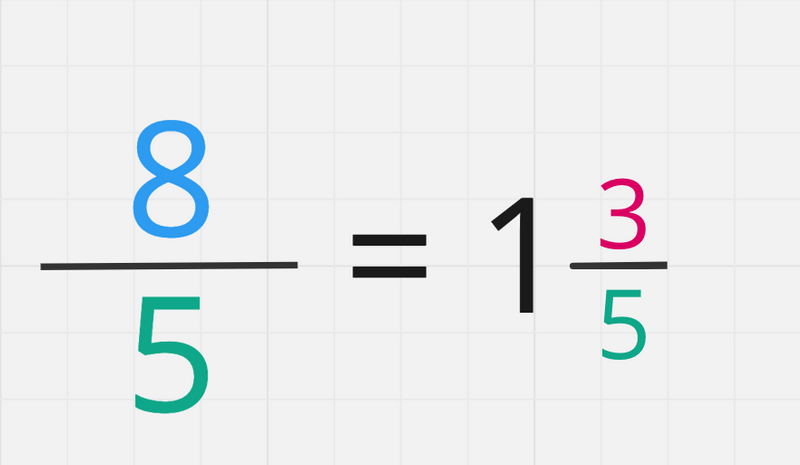
This logo isn't an ad or affiliate link. It's an organization that shares in our mission, and empowered the authors to share their insights in Byte form.
Rumie vets Bytes for compliance with our
Standards.
The organization is responsible for the completeness and reliability of the content.
Learn more
about how Rumie works with partners.
Multiplying fractions sounds daunting! Do you multiply the denominator or the numerator? Which is which?

Learning how to multiply fractions by whole numbers is a useful skill that you can use in your everyday life, including baking, sports, and crafting!
Numerators and Denominators
Before we learn how to multiply fractions, we need to know the two parts of a fraction.
Numerator
The number above the line is called the numerator.The numerator is the number of parts of the whole amount.
Denominator
The number below the line is called the denominator.The denominator is the number of equal parts the whole is divided into.
Sometimes, you'll see a fraction written with a slash instead of a horizontal line — for example: 3/4. The number that falls to the left is equivalent to the numerator, and the number that falls on the right is the denominator.

In the example above, the numerator is 1, and the denominator is 2.
Did you know?
Remember "D for down"! This will help you remember that the denominator goes under the numerator.
Multiply whole numbers
Now, we'll get into multiplying whole numbers. It's easier than you think!
When multiplying fractions by a whole number, make your whole number the numerator. Then, put 1 as the denominator. A fraction is simply telling you to divide. 4/1 is equivalent to 4.
Let's try an example. You want to multiply 2/5 by 4:
 Image created by the author via WebWhiteboard
Image created by the author via WebWhiteboard
All you have to do is multiply across. Multiply the numerators and multiply the denominators. Your answer would be 8/5.
Quiz
It takes 3/4 of a cup of flour to bake one muffin. You want to bake 7 muffins but you only have a cup that measures a quarter (1/4) of a cup. How many quarter cups of flour will it take to bake these muffins in total?
Multiply 3x7 = 21 for the numerator, and 4x1 for the denominator. That equals 21/4, or 21 quarter cups of flour.
Improper fractions and mixed numbers
When you multiply fractions by a whole number, you end up with an improper fraction. An improper fraction means that the numerator is greater than the denominator. You can convert improper fractions to mixed numbers by dividing the numerator by the denominator and leaving the remainder as a fraction.
Let's look at our example from the previous step:
 Image created by the author via WebWhiteboard
Image created by the author via WebWhiteboard
5 goes into 8 once, and we're left with 3. So 8/5 written as a mixed number would be 1 and 3/5.
 Image created by the author via WebWhiteboard
Image created by the author via WebWhiteboard
Quiz
If a football game played 5 quarters instead of the typical 4, how would the total number of quarters played be written as a mixed number?
Divide the numerator 5, by the denominator 4, = 1. We are left with an additional 1/4. So, 1 1/4 is our answer!
Take Action
Now you can easily multiply whole numbers by fractions. Check out these other helpful resources related to fractions!
